Blog
I’m a TV reviewer — here are 5 amazing Mini-LED TV deals you don’t want to miss
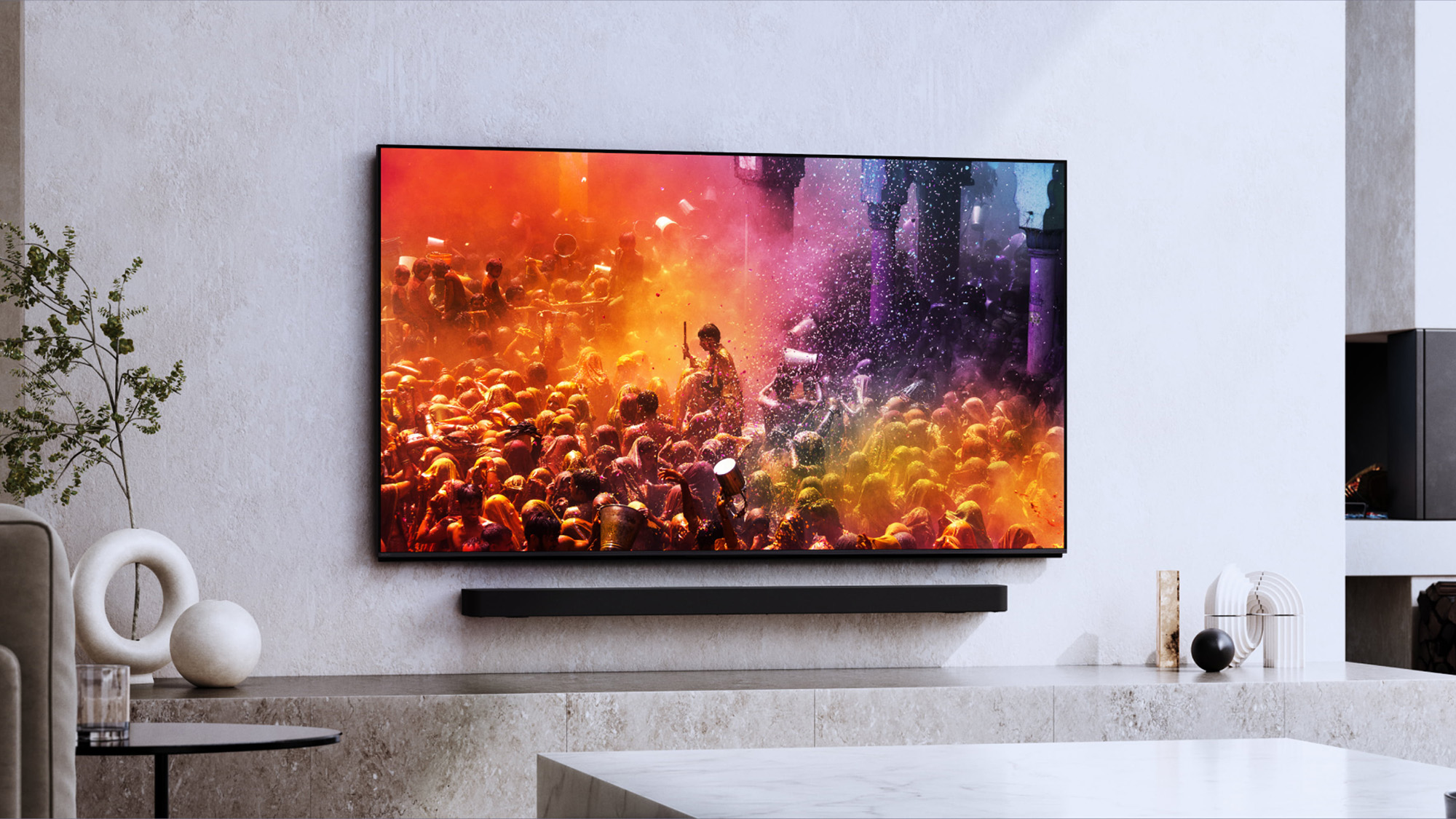
Mini-LED TVs offer you the best bang for your buck when buying a new TV. While OLEDs might get all the hype for their rich blacks and improved contrast, there’s no denying that Mini-LED TVs are up there in terms of picture performance.
What Mini-LED TVs offer over OLEDs is cheaper prices at higher configurations. Who doesn’t want a new 98-inch Mini-LED TV for less than $2,000? Models like the Panasonic W95A and TCL QM7K Mini-LED TVs give you that big screen kick without the exorbitant price tag.
Below I’ve listed my favorite Mini-LEDs in terms of general pricing and performance, but there’s no real order to the list. In fact, the Sony Bravia 9 is probably one of the best TVs you can buy bar none, but I personally recommend the Hisense U8QG for its current sticker price of just under $1,000.
Quick List
Best Mini-LED TVs
Hisense U8QG Mini-LED TV
So far, the Hisense U8QG has proven its mettle as one of the best Mini-LED TVs for under $1,000 in 2025. I reviewed the Hisense U8QG earlier this year and loved its slew of gaming features, especially its higher 165Hz refresh rate. It’s also a unicorn in terms of its speaker configuration, offering one of the most bombastic sound systems I’ve tested on a TV this year.
It’s mostly held back by its minimal glare mitigation and blooming, which is easy to look past when you’re paying just under $1,000 for a 65-inch TV released in 2025. You’ll also have to contend with just three HDMI 2.1 ports, but if you’re a PC gamer you’ll love the USB-C connection.
TCL QM7K Mini-LED TV
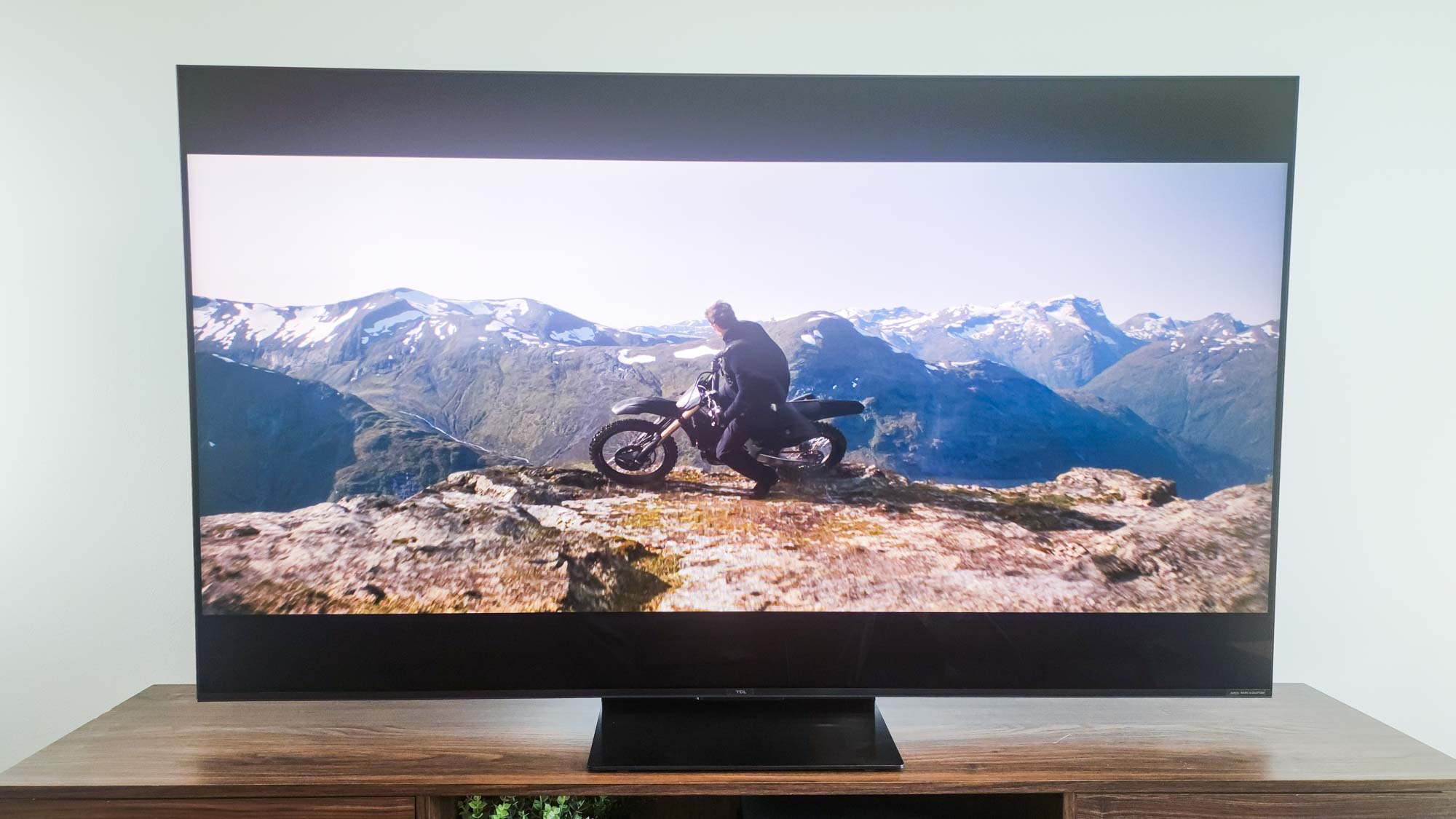
The TCL QM7K is yet another Mini-LED that benefits from budget pricing. Like most Mini-LED TVs on this list, you’ll find it comes resplendent with tons of luminance, which we tested at 1,734 nits in HDR. It’s also equipped with a low Delta-E of just 1.4 (the lower the better), making it incredibly color-accurate.
Like the Hisense U8QG, we also gave the TCL QM7K four stars in our official review. It struggles at handling off-angled viewing and is built with a middling speaker system, but that’s nothing one of the best soundbars can’t fix.
Panasonic W95A Mini-LED TV
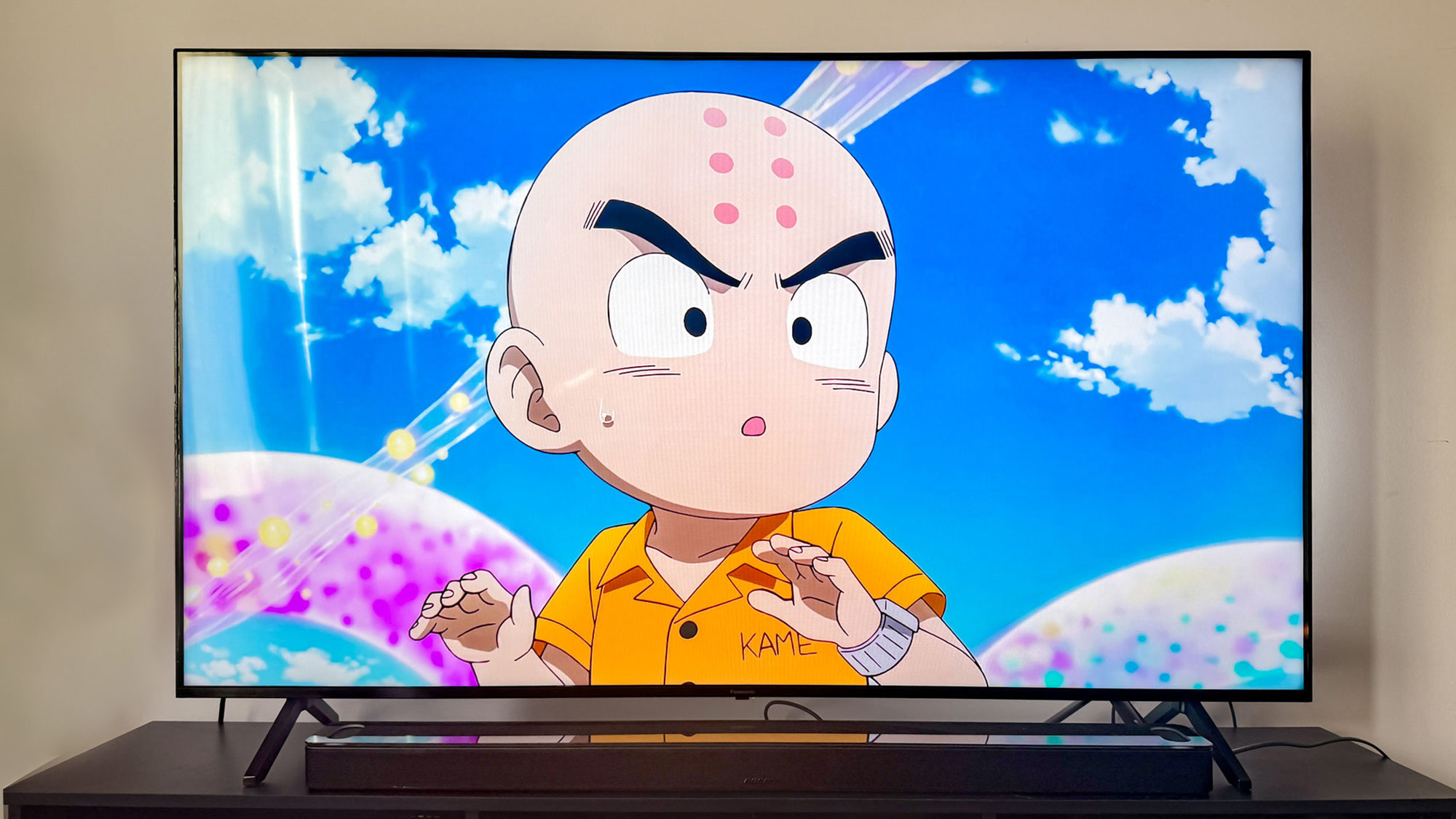
The Panasonic W95A Mini-LED TV was an exciting model to test and review last year, coming from a renowned TV maker that only just returned to the US market after an eight-year hiatus.
While it has superb color accuracy, HDR performance, and anti-glare mitigation, the biggest downside was its price: The W95A launched at $3,000 last year, making it no match against similarly-specced TVs from TCL and Hisense.
Since release, its price has dropped dramatically and you’d be hard-pressed to find as good a screen at such a low price.
The only major issue is its Fire TV smart platform. This is an easy fix, though, as you can easily replace the interface using one of the best streaming devices.
Sony Bravia 9 Mini-LED TV
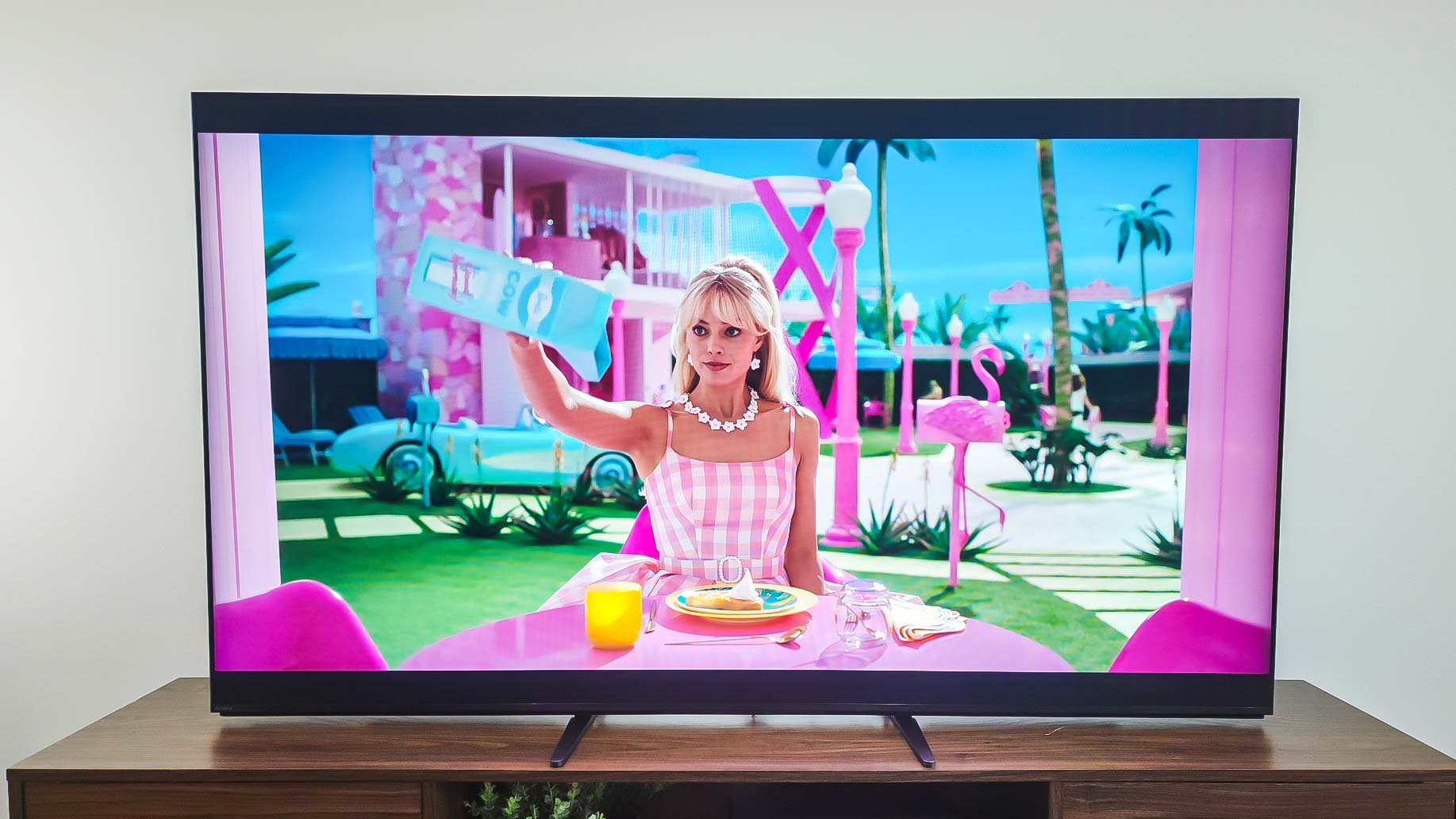
One of the things that sets the Sony Bravia 9 apart from other Mini-LED TVs is its picture quality, which we noted as being “(almost) as good as an OLED” in our Bravia 9 review. This is owed largely to its serious color accuracy and high brightness metrics.
We measured its HDR performance at 2,713 nits, which is the ultimate sweet spot. Most HDR content is mastered between 1,000 and 4,000 nits, which means the Bravia 9 will net you the best possible detail when streaming or viewing HDR content.
Still, while it might be one of the best screens in terms of picture performance, its high asking price of $2,798 might make you wince. It’s also not the best gaming display, given its high input latency of 17ms in tandem with just two HDMI 2.1 ports.
Samsung Q900D Mini-LED TV
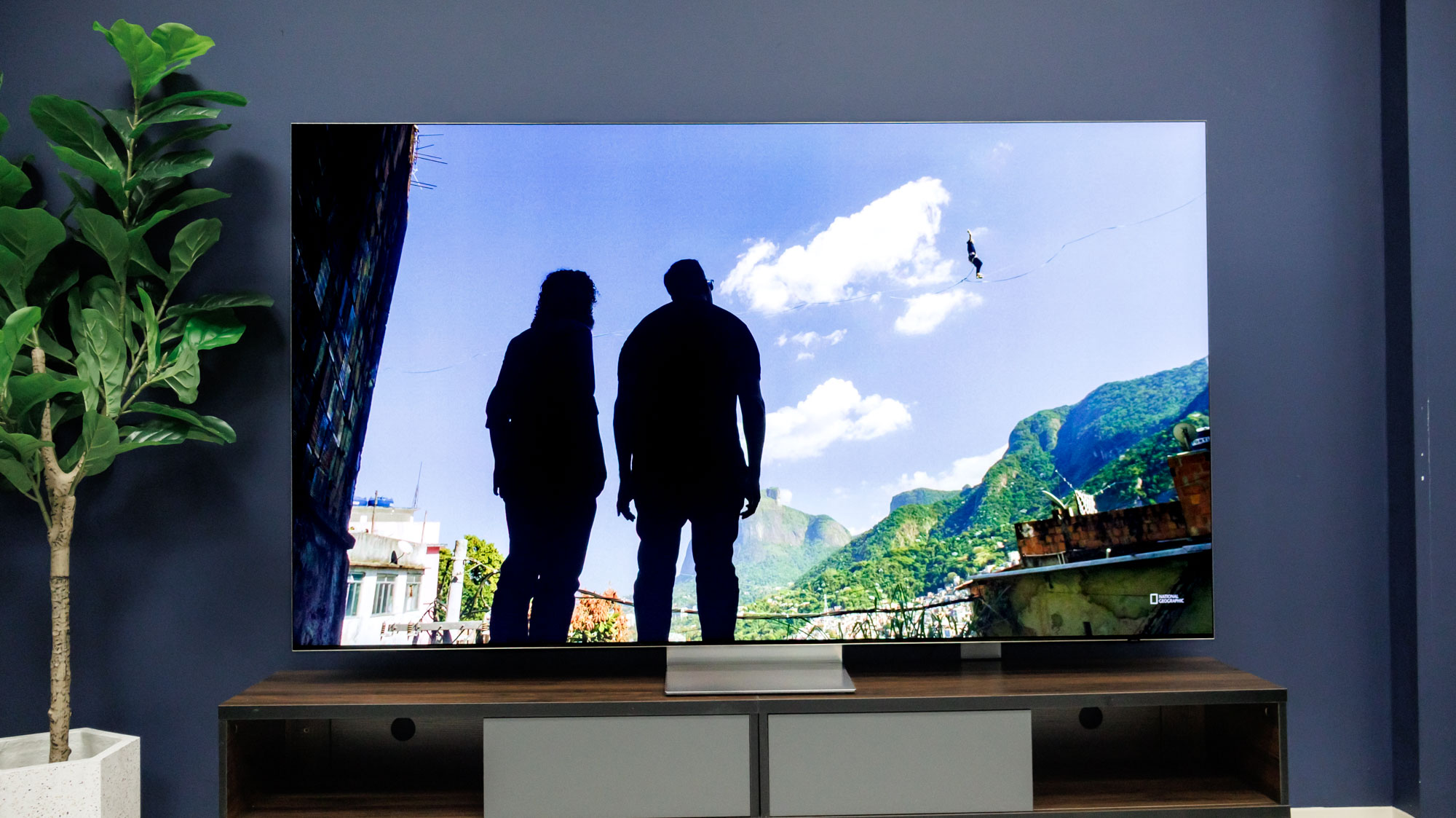
Let’s face it, 8K TVs are all but dead in 2025. One of the only companies still making them is Samsung and its QN900D from last year still remains the highest-rated 8K models we’ve ever tested. That’s because, while totally expensive, it sports one of the best upscaling engines in the market.
In our review of the Samsung QN900D 8K TV, we gave it a perfect score. That’s very rare, especially for a Mini-LED TV, which can have all kinds of issues from improper glare mitigation to poor off-axis viewing. The QN900D shows none of that, offering outstanding brightness in tandem with an incredible sound system.
The big setback for Samsung displays, not just the QN900D, is the absence of Dolby Vision. If you’re willing to look past that and live with HDR10+ as your main source for all things HDR, the QN900D will serve as the ultimate viewing experience.












